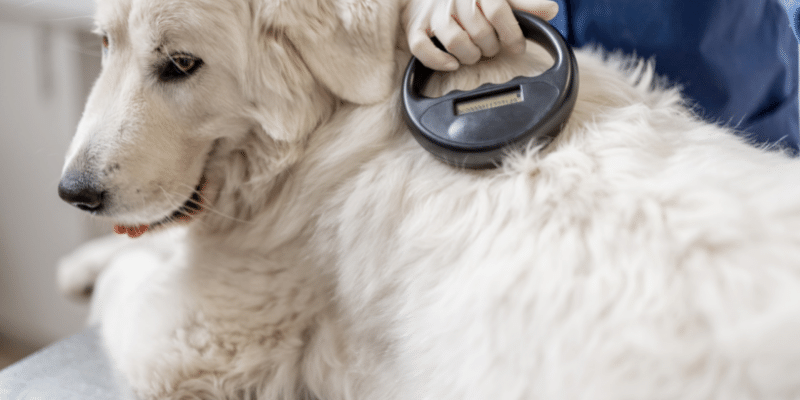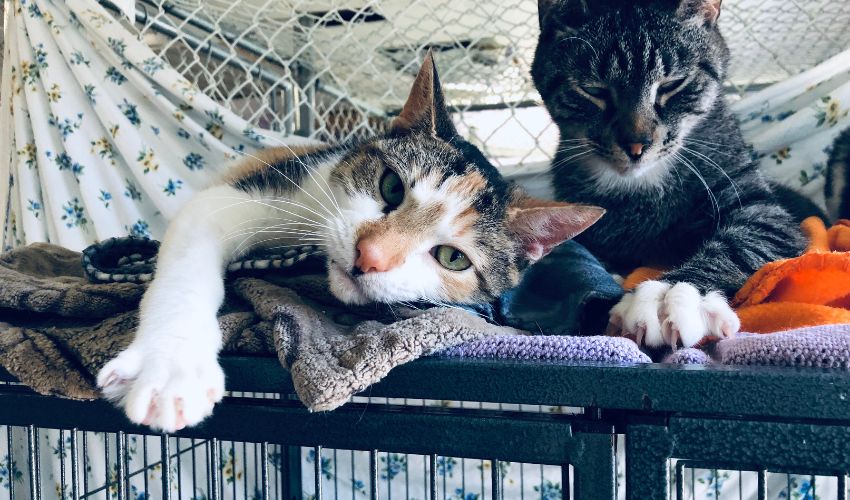Fluid Therapy: What Is It and How Does It Help Dogs with Distemper?
You may have noticed that every time you look up ‘supportive care for dogs with Distemper’, the first thing that pops up is fluid therapy or administration of intravenous fluids. But, have you ever wondered why it’s such an important part of standard supportive treatment? Well, if you want to know what fluid therapy is, how veterinarians perform it, and how it helps dogs recover from Distemper, then read on!
What’s Fluid Therapy?
 Fluid therapy, as the name suggests, is a procedure that helps replenish lost fluids and maintain electrolyte balance in critically ill animals. It’s considered one of the most common therapies used in animal clinics and hospitals today. However, it’s not a one-size-fits-all type of therapy and has to be tailored to fit the needs of the individual patient.
Fluid therapy, as the name suggests, is a procedure that helps replenish lost fluids and maintain electrolyte balance in critically ill animals. It’s considered one of the most common therapies used in animal clinics and hospitals today. However, it’s not a one-size-fits-all type of therapy and has to be tailored to fit the needs of the individual patient.
If your dog needs to have fluid therapy, your veterinarian will first evaluate their medical condition and the severity of it, review their medical history and take into consideration their age, size, and weight. After that, you’ll know the type of fluids your pup will receive, what the components of the fluids will be, and where and how it’s going to be administered.
What Are the Different Types of Fluids?
There are different types of fluids used in fluid therapy. The most common ones are Normal Saline, Lactated Ringer’s Solution, and Acetated Ringer’s. Depending on the needs of your pooch, your veterinarian may give them one of the following:
Crystalloid Fluids
Crystalloid fluids are solutions of mineral salts combined with other small, water-soluble molecules. They’re typically the ones used for fluid replacement because of how effective they are in correcting improper electrolyte balance and preventing dehydration.
Examples of crystalloid fluids include Lactated Ringer’s Solution, 5% Dextrose in water, 10% Dextrose in water, and 3% NaCl Solution.
Synthetic Colloid Fluids
Unlike crystalloid fluids, synthetic colloid fluids have large molecules. Their purpose is to provide fluid support to maintain proper oncotic pressure—the force that helps fluids move across the capillary walls.
Examples of synthetic colloids include hydroxyethyl starch solution and dextrans,
Natural Colloid Fluids
According to TodaysVeterinaryNurse.com, natural colloids are composed of blood products, like red blood cells, plasma, and albumin. Because of their components, these fluids have the capacity to effectively carry oxygen throughout the body, which is especially helpful in preventing or treating hypoxia—a condition where oxygen doesn’t reach the tissues.
How Do Veterinarians Perform Fluid Therapy?


Once everything is set and ready to go, your veterinarian will need to choose one out of three veins in which to insert the needle: the one along the foreleg (cephalic vein), the one on the neck (jugular vein), or the one on the back legs (saphenous vein). They will probably administer the fluids through the cephalic vein since it’s the most common location for IV administration in dogs. After that, your veterinarian will carefully insert the IV catheter into the vein, and it will stay in your pet throughout the duration of their treatment.
How Does Fluid Therapy Help Dogs with Distemper?
The Canine Distemper Virus is notorious for its horrible gastrointestinal effects. As the infection progresses, dogs with Distemper experience a cycle of constant vomiting and severe diarrhea. If left untreated, this leads to malnutrition and dehydration, causing a rapid decrease in body fluids and the disruption of electrolyte balance. What is the role of fluid therapy in all of this, you ask? Well, fluid therapy helps to replenish these lost fluids and correct electrolyte imbalance, which in turn, not only prevents malnutrition and dehydration, but keeps dogs strong enough to overcome Distemper and make a full recovery.














